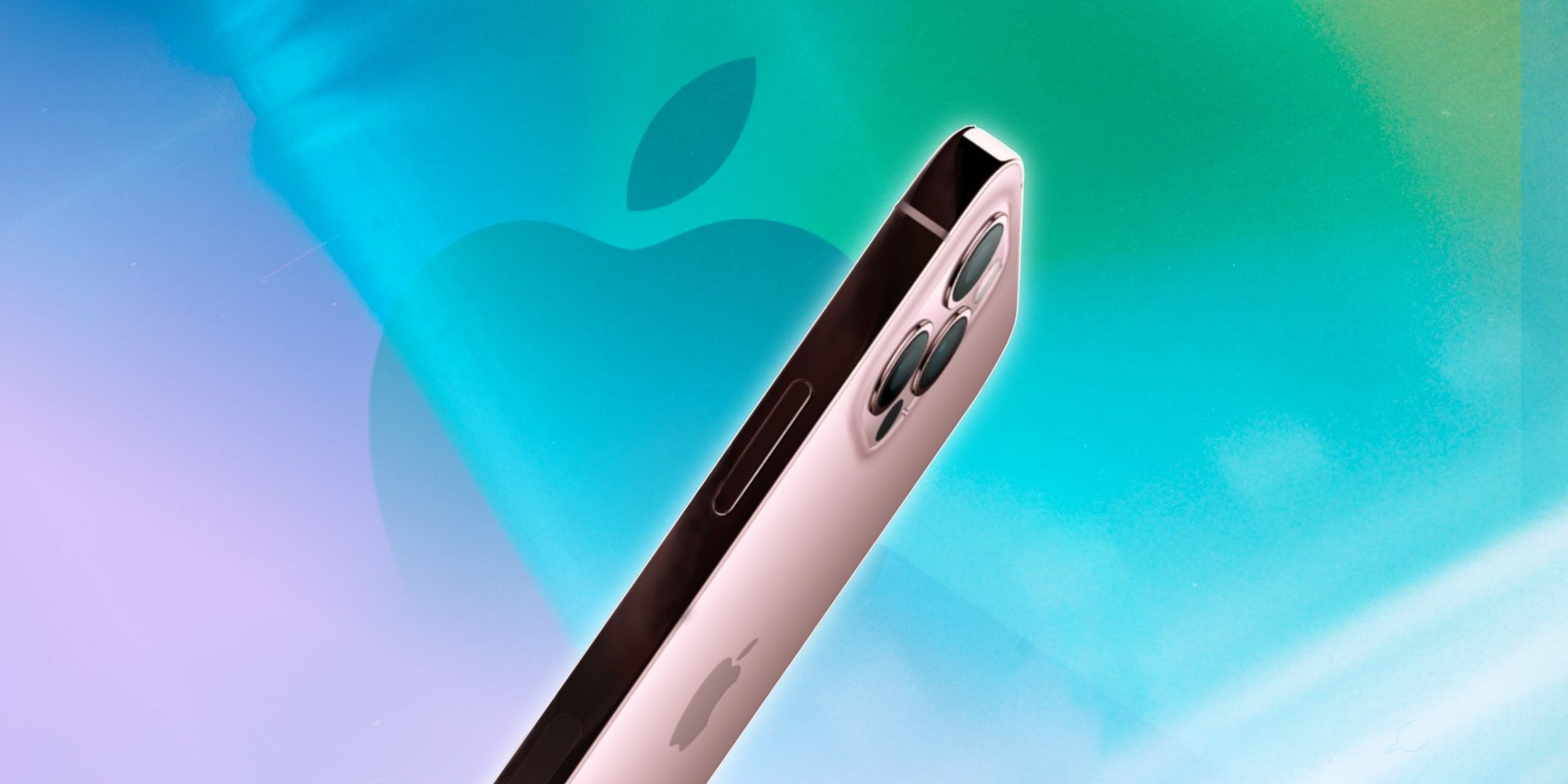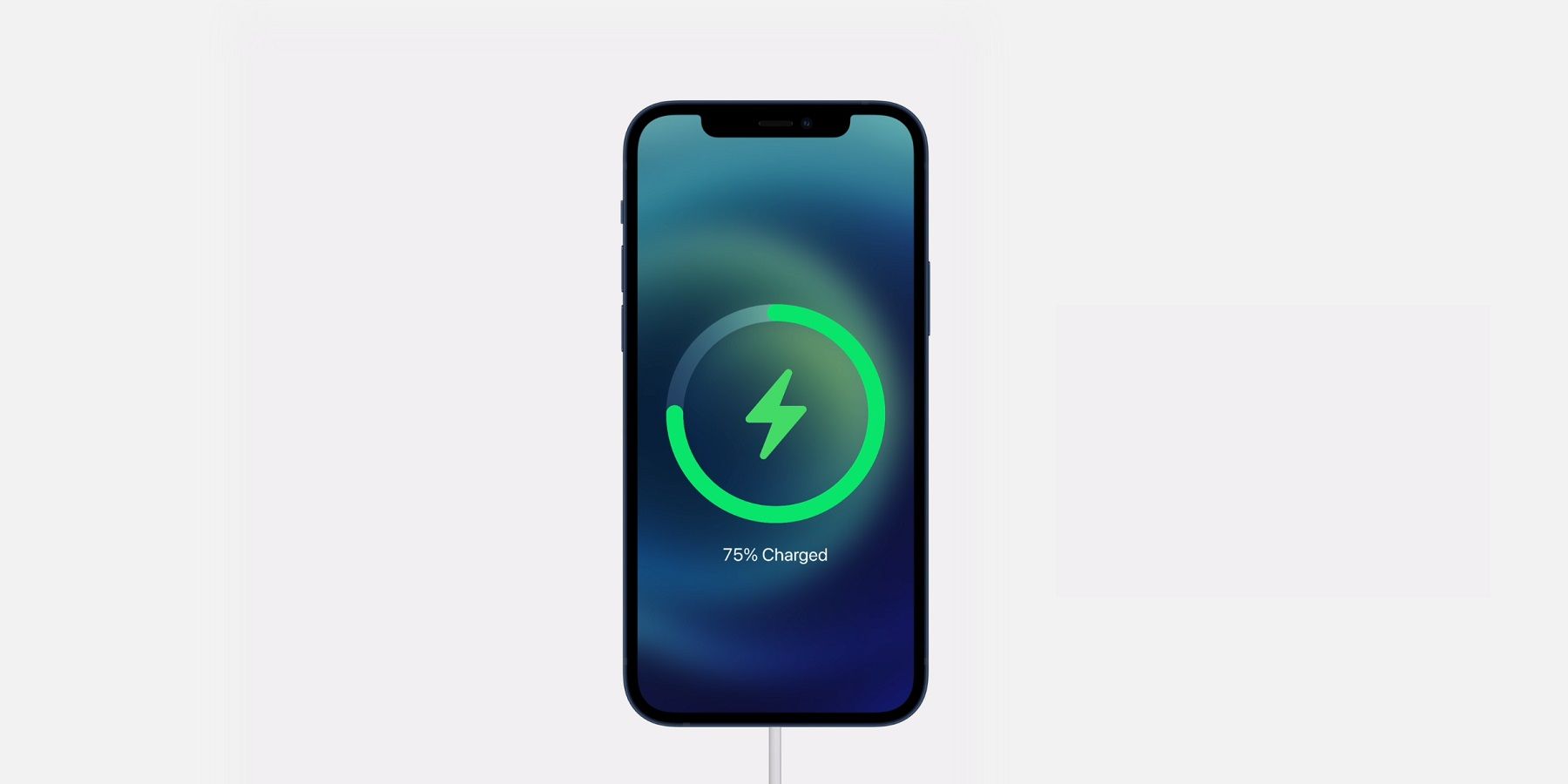
Apple is always researching ways to increase the battery life of the iPhone and a new report suggests the latest technique has been found. Besides extending the time between charges, a longer battery life allows Apple to add new technology or possibly push the processor harder, knowing this won't rob the user of a full day of iPhone use. Sometimes this means simply adding a larger battery, however, the iPhone is packed full of hardware so this would require a reduction elsewhere.
Apple designs the iPhone and develops the operating system and core apps that run on it, as well as providing several free and subscription services that add extra value, such as iCloud, FaceTime, and Messages. This integration of hardware, software, and services is a theme that continues throughout Apple’s business model, even down to the component level. Its A-series processor is a system-on-a-chip that combines CPU, GPU, neural engine, and more into a single piece of silicon to achieve the best possible performance and efficiency.
According to a new report from DigiTimes, referencing supply chain sources, Apple is expected to increase its use of IPDs (integrated passive devices). These will allegedly be sourced from TSMC and Amkor. TSMC is the manufacturer of Apple's A-series processors that power the iPhone and Amkor is a lesser-known Apple supplier that offers packaging and testing of semiconductors. As the name implies, IPDs integrate multiple passive electronic components, such as resistors, capacitors, inductors, and more into a single package. The primary purpose of using IPDs in mobile technology is to reduce the size of the components. Apple is said to be increasing the usage of IPDs significantly. If space is made within an iPhone, it will be put to good use and increasing battery capacity is always an important goal.

Manufacturing mobile technology involves a series of trade-offs and the iPhone is a grand balancing act, managing to have the highest performance of any smartphone while running cool, providing a large, bright display and an all-day battery, and all while packing a substantial amount into a thin and beautiful design. Thermal design limits and battery capacity restrictions factor heavily into every decision, so anything that helps relieve those issues will have a big impact.
With more battery capacity and the same thermal limits, the iPhone can improve the display technology, possibly delivering the rumored 120 Hertz or faster refresh rate. An always-on screen has also been mentioned in rumors as something Apple might be researching. Combining passive components won't free up a large amount of space but every little bit helps and making room for better camera technology is another likely focus for Apple. The report did not suggest a timeline for the alleged increase in IPD use in the iPhone, but the new iPhone 13 could see one or more of these improvements, with Apple expected to reveal all of the details at its fall event in just a few weeks.
Source: DigiTimes
from ScreenRant - Feed https://ift.tt/3fqhPpt


0 Comments